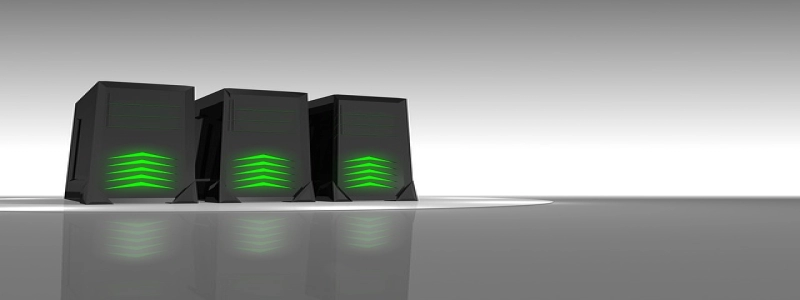SWIR Wavelength
Introduction
The shortwave infrared (SWIR) wavelength range, also known as the \”near-infrared\” range, refers to the portion of the electromagnetic spectrum that spans from 1,000 nanometers (nm) to 3,000 nm. This region lies between the visible and mid-wavelength infrared ranges and has unique properties and applications. In this article, we will explore the characteristics of SWIR wavelength and delve into its diverse range of uses in various fields.
Properties of SWIR Wavelength
1. Penetration and Absorption
SWIR wavelengths have the ability to penetrate through mist, fog, and smoke, making them useful for imaging applications in challenging environments. They are also relatively resistant to absorption by water vapor and atmospheric gases, allowing for clearer imaging even in humid conditions.
2. Reflectivity
Certain materials exhibit unique reflectivity properties in the SWIR range. For example, SWIR wavelengths are reflected more strongly by vegetation compared to visible light. This property has been leveraged by researchers and farmers to monitor crop health using SWIR imaging techniques.
Applications of SWIR Wavelength
1. Imaging and Remote Sensing
SWIR imaging has numerous applications in fields such as surveillance, agriculture, and environmental monitoring. Its ability to penetrate haze and reveal important details makes it valuable in unmanned aerial vehicle (UAV) surveillance systems. Additionally, SWIR sensors are used in satellite imaging to monitor environmental changes, such as deforestation and vegetation health.
2. Industrial Inspections
SWIR technology is widely employed in industrial inspections, particularly in the semiconductor and photovoltaic industries. SWIR cameras can detect defects and inconsistencies in semiconductor wafers, helping ensure the quality and reliability of electronic components. They can also identify hidden flaws in solar panels, enabling manufacturers to produce more efficient and reliable photovoltaic systems.
3. Medical Imaging
SWIR imaging has shown promise in various medical applications. Its ability to penetrate tissue and provide detailed imaging has been utilized in the fields of endoscopy and vasculature imaging. Furthermore, SWIR fluorescence imaging techniques have been developed to enhance contrast in cancerous tissues, aiding in early detection and treatment.
4. Art Authentication
SWIR imaging has found a unique application in the art world. By detecting unique spectral signatures, SWIR cameras can help authenticate paintings and identify tampering or restoration work. This non-destructive technique has become an invaluable tool for art historians and collectors in verifying the authenticity of artworks.
Conclusion
In conclusion, SWIR wavelength offers a range of unique properties and applications that make it a valuable tool in various industries. Its ability to penetrate challenging environments, its unique reflectivity properties, and its diverse range of uses in imaging, industrial inspections, medical applications, and art authentication, highlight its importance in modern technology and research. As technology continues to advance, we can expect further innovations and applications of SWIR wavelength in the future.








